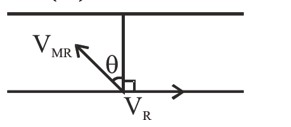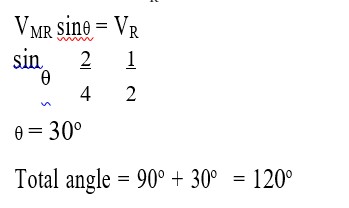11.16 A child running a temperature of 101°F is given an antipyrin (i.e. a medicine that lowers fever) which causes an increase in the rate of evaporation of sweat from his body. If the fever is brought down to 98°F in 20 minutes, what is the average rate of extra evaporation caused, by the drug. Assume the evaporation mechanism to be the only way by which heat is lost. The mass of the child is 30 kg. The specific heat of human body is approximately the same as that of water, and latent heat of evaporation of water at that temperature is about 580 cal g –1.
11.16 A child running a temperature of 101°F is given an antipyrin (i.e. a medicine that lowers fever) which causes an increase in the rate of evaporation of sweat from his body. If the fever is brought down to 98°F in 20 minutes, what is the average rate of extra evaporation caused, by the drug. Assume the evaporation mechanism to be the only way by which heat is lost. The mass of the child is 30 kg. The specific heat of human body is approximately the same as that of water, and latent heat of evaporation of water at that temperature is about 580 cal g –1.
-
1 Answer
-
11.16 Initial body temp of the child, = 101°F
Final body temp of the child, = 98°F
Change in temperature, T = 98°F) = 3 °F = (3-32) C = 1.666
Time taken t achieve this temperature, t = 20 min
Specific heat of human body = Specific heat of water, c = 1000 cal/kg/
Latent heat of evaporation of water, L = 580 cal/g
Mass of the child, m = 30 kg
The heat lost by the child is given as = 30 = 49980 cal
Let be the mass of water evaporated from the child’s body in 20 mins.
Loss of heat = = 580&nbs
...more
Similar Questions for you
According to question, we can write
Heat Released by block = Heat gain by large Ice block
5 × 0.39 × 500 = mice × 335
= 2.91 kg
Given
6a2 = 24
a2 = 4
a = 2m
This is a multiple choice answer as classified in NCERT Exemplar
(b), (c), (d) When the hot milk in the table is transferred to the surroundings by conduction, convection and radiation.
According to newton's law of cooling temperature of the milk falls of exponentially. Heat also will be transferred from surroundings to the milk but will be lesser than that of transferred from milk to surroundings. So option b, c, d satisfy.
Taking an Exam? Selecting a College?
Get authentic answers from experts, students and alumni that you won't find anywhere else
Sign Up on ShikshaOn Shiksha, get access to
- 65k Colleges
- 1.2k Exams
- 679k Reviews
- 1800k Answers


